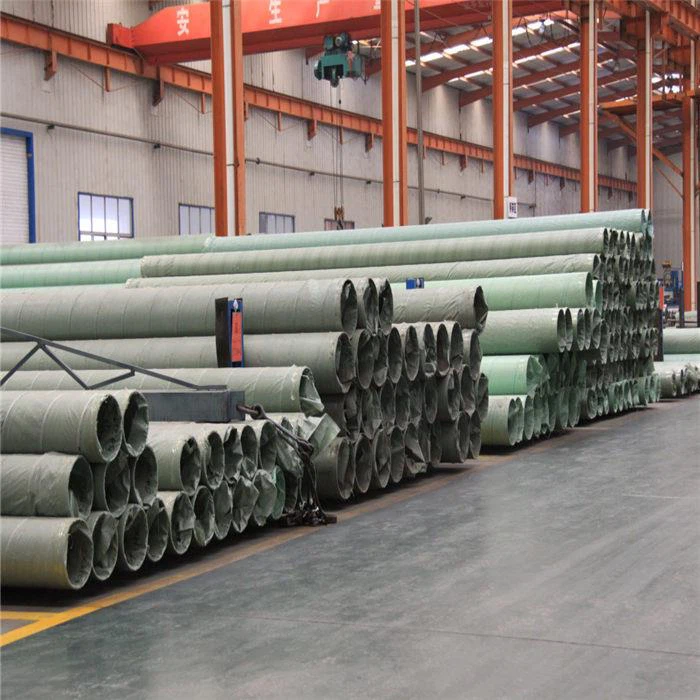
Stainless Steel Seamless Ppie ASTM A 312 TP316 323.8MM SCH10
Grade 316 is an improved version of SS304, with the addition of molybdenum and a slightly higher nickel content
Product Introduction
Grade 316 is an improved version of SS304, with the addition of molybdenum and a slightly higher nickel content. The resultant composition of 316 gives the steel much increased corrosion resistance in many aggressive environments. The molybdenum makes the steel more resistant to pitting and crevice corrosion in chloride-contaminated media, sea water and acetic acid vapours. The lower rate of general corrosion in mildly corrosive environments gives the steel good atmospheric corrosion resistance in polluted marine atmospheres.
316 offers higher strength and better creep resistance at higher temperatures than 304. 316 also possesses excellent mechanical and corrosion properties at sub-zero temperatures. When there is a danger of corrosion in the heat-affected zones of weldments, the low-carbon variety 316L should be used. 316 Ti, the titanium-stabilised version, is used for its resistance to sensitization during prolonged exposure in the 550oC-800oC temperature range.
316 has applications in many sectors of industry. Some of these include:
Tanks and storage vessels for corrosive liquids.
Specialised process equipment in the chemical, food, paper, mining, pharmaceutical and petroleum industries.
Architectural applications in highly corrosive environments.
Differences Between 316 and 316L
316 stainless steel has more carbon in it than 316L. This is easy to remember, as the L stands for "low." But even though it has less carbon, 316L is very similar to 316 in almost every way. Cost is very similar, and both are durable, corrosion-resistant, and a good choice for high-stress situations.
316L, however, is a better choice for a project that requires a lot of welding because 316 is more susceptible to weld decay than 316L (corrosion within the weld). However, 316 can be annealed to resist weld decay. 316L also is a great stainless steel for high-temperature, high-corrosion uses, which is why it's so popular for use in construction and marine projects.
Neither 316 nor 316L is the cheapest option. 304 and 304L are similar but lower-priced. And neither are as durable as 317 and 317L, which have higher molybdenum content and are better for overall corrosion resistance.
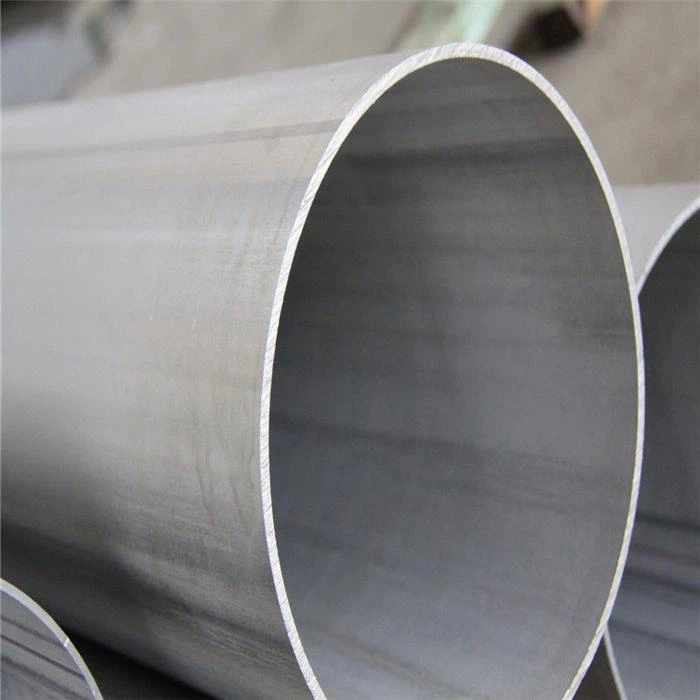
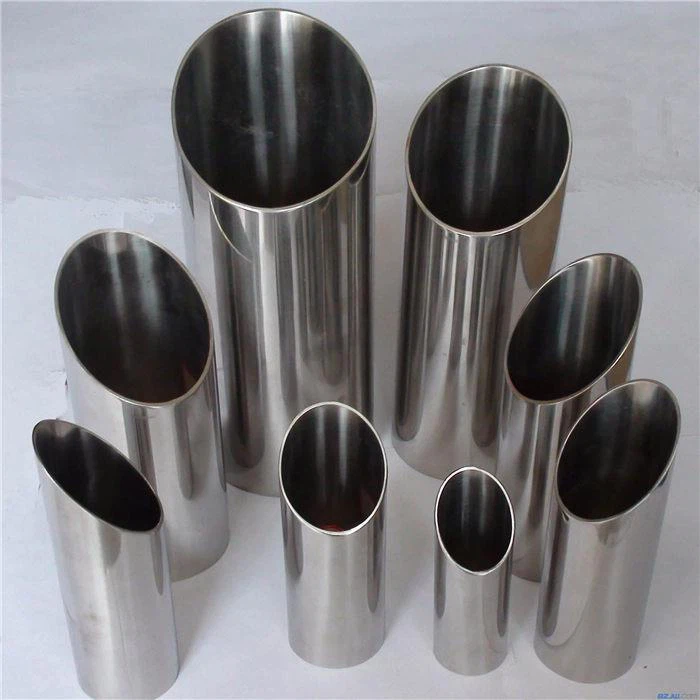
My company hot sale stainless steel pipe:
TP304/304L, TP316/TP316L, TP347, stainless steel welded Pipes, stainless seamless pipes, stainless steel welded and seamless pipes, (1” to 48” sch10, sch20, sch40, sch80)
You Might Also Like
-
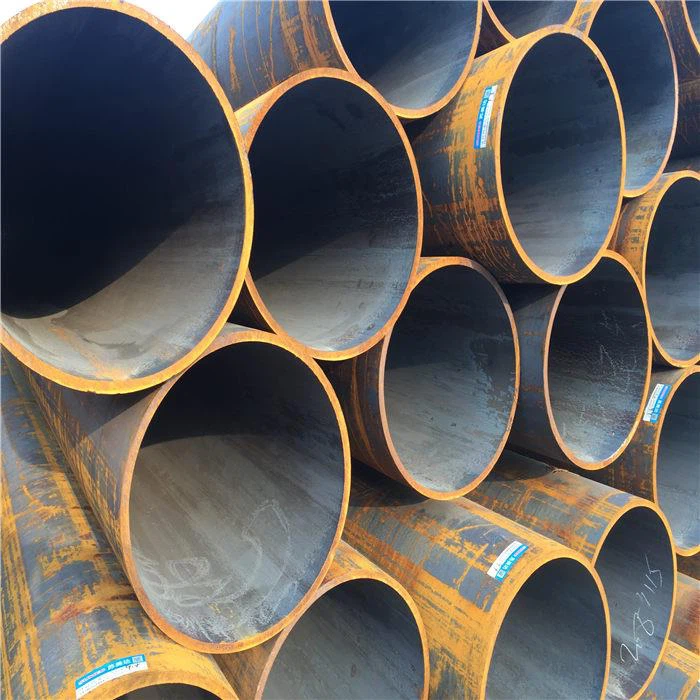
large diameter Seamless Line Pipes API 5L GR.B 1016x25.4 mm 6 m length
-
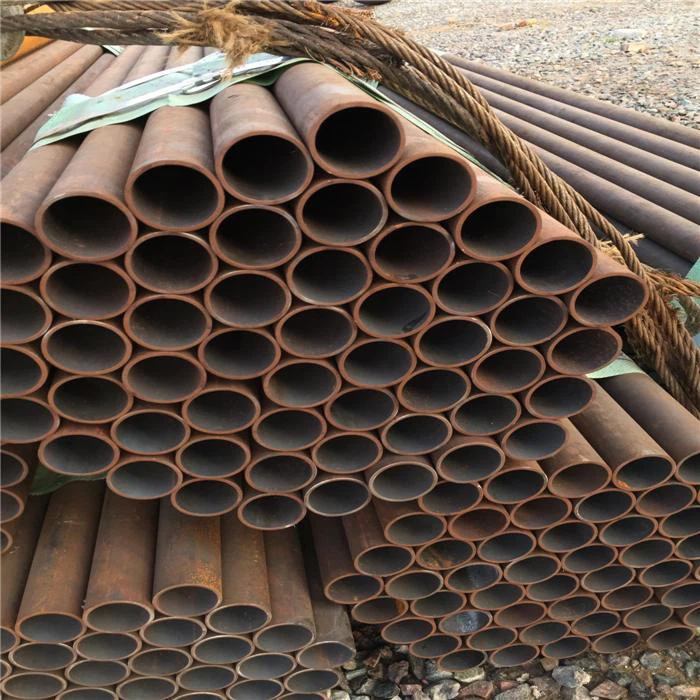
St37 Seamless Tube 88.9mm Diameter
-
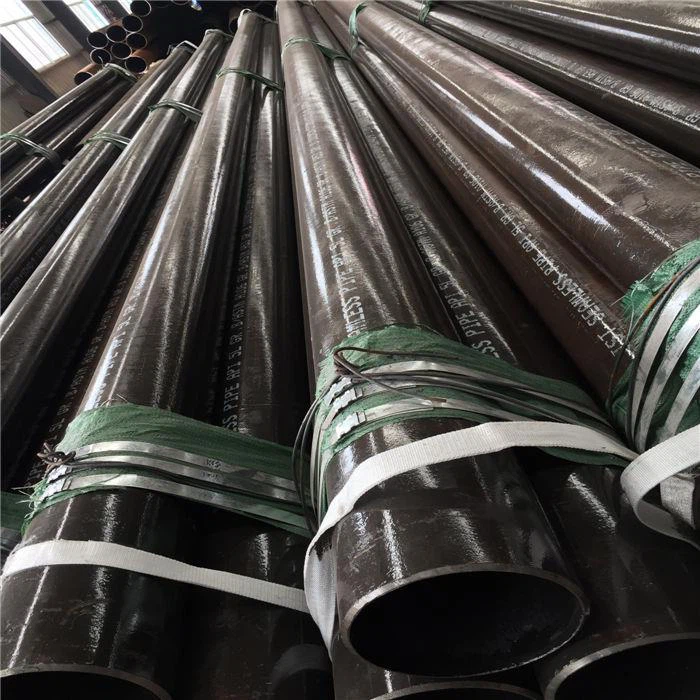
Seamless Steel Pipe ASTM A106 B NACE MR 0175 12IN SCH160
-
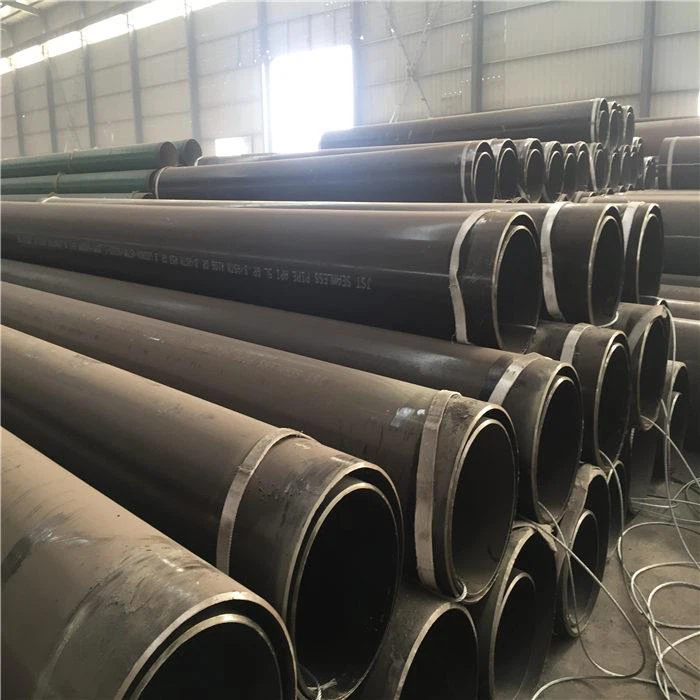
Seamless Line Pipe API 5L GR.B 24INCH SCH40 12M Length
-
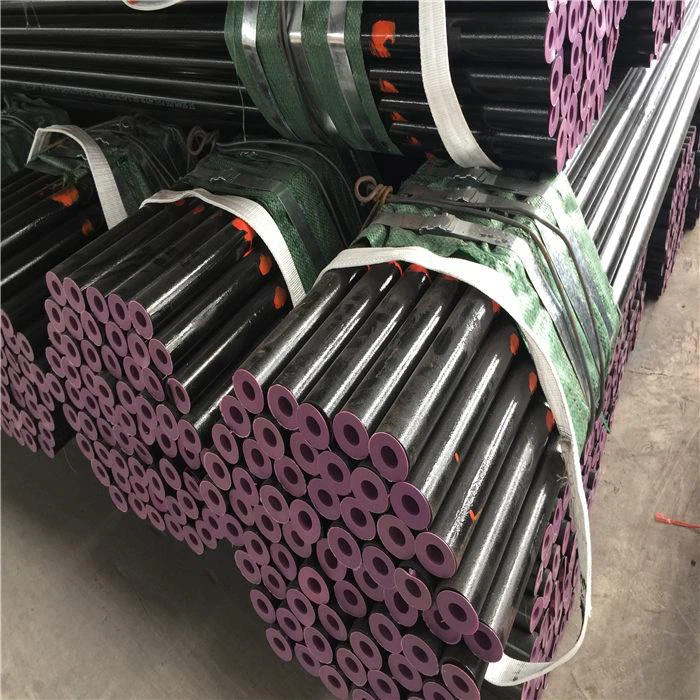
Seamless Pipe 2inch Idimeter XXS 6 M LENGTH Export
-
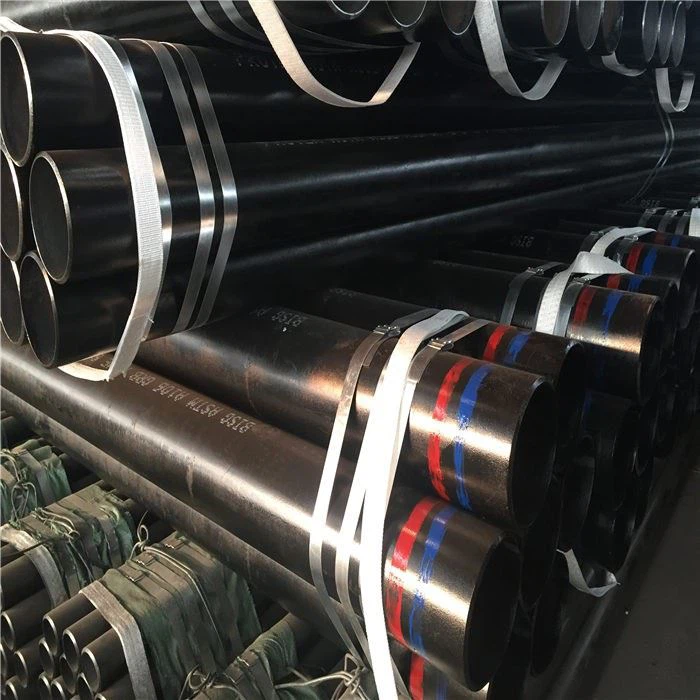
Seamless Pipe ASTM A106 C 10IN Diameter XS 12M Length
Send Inquiry

